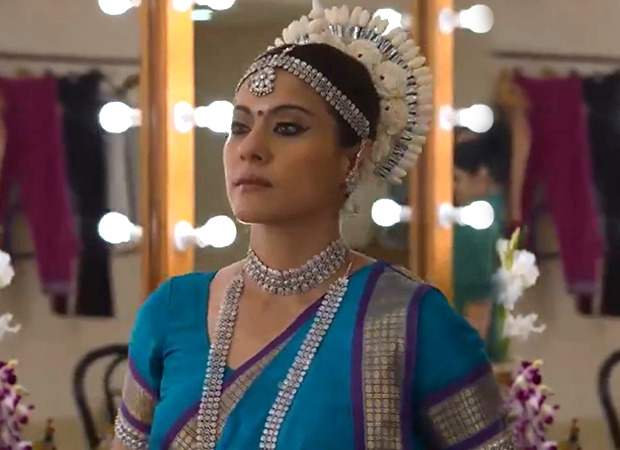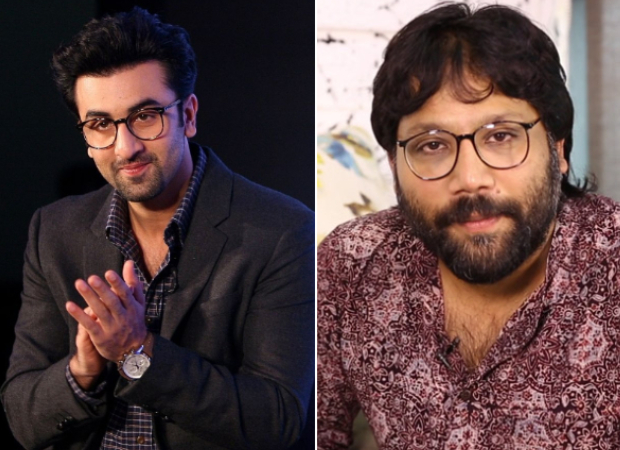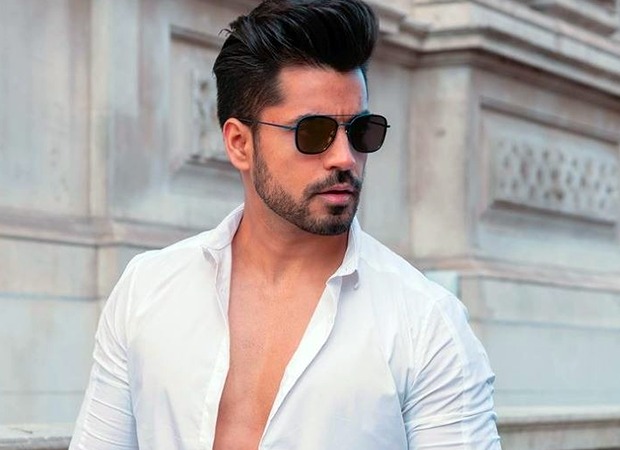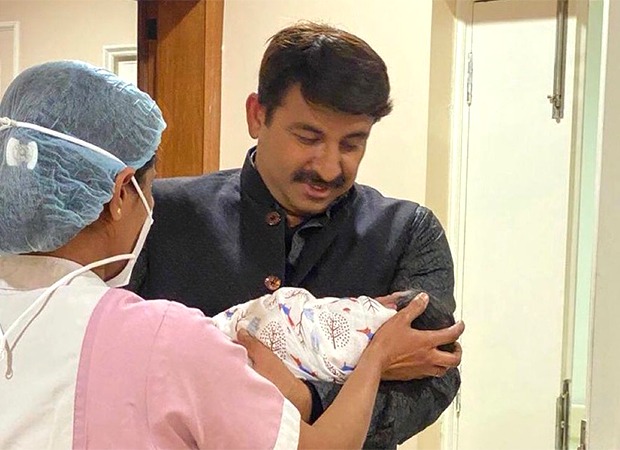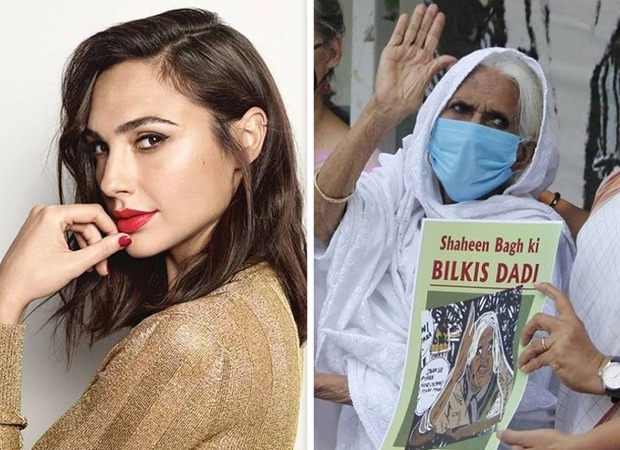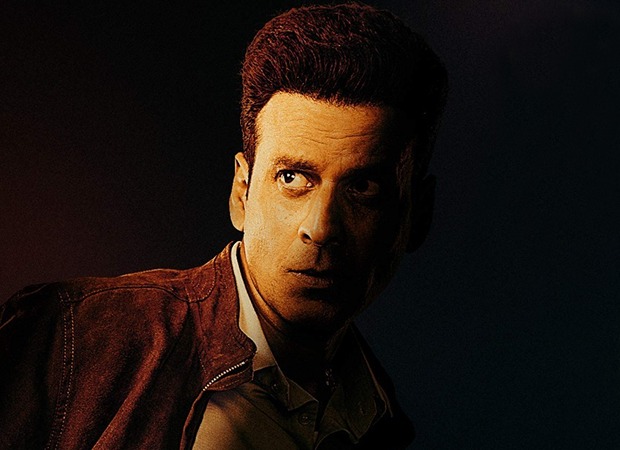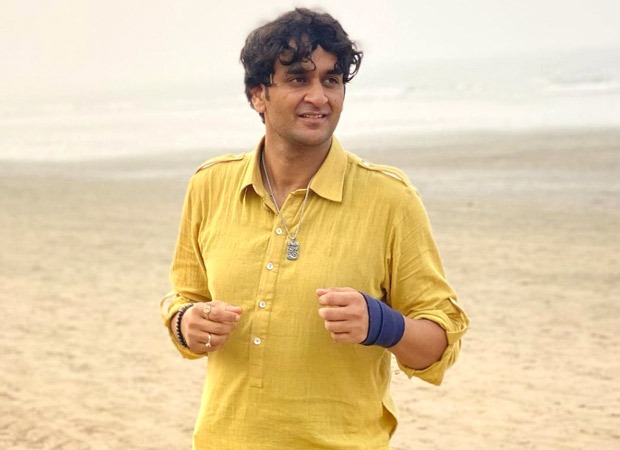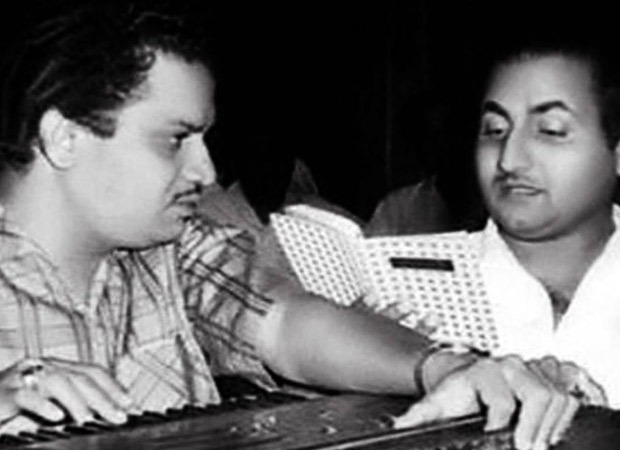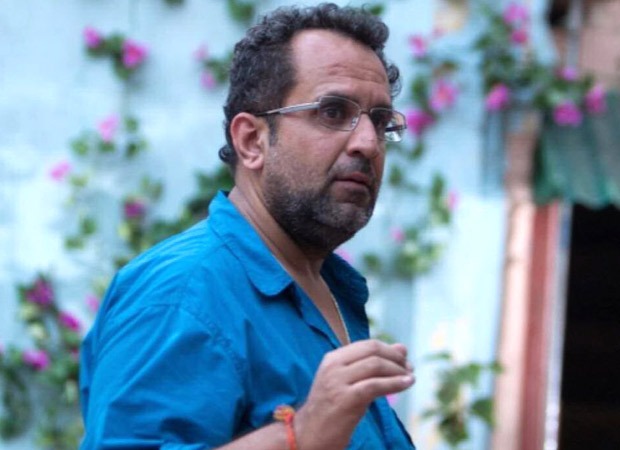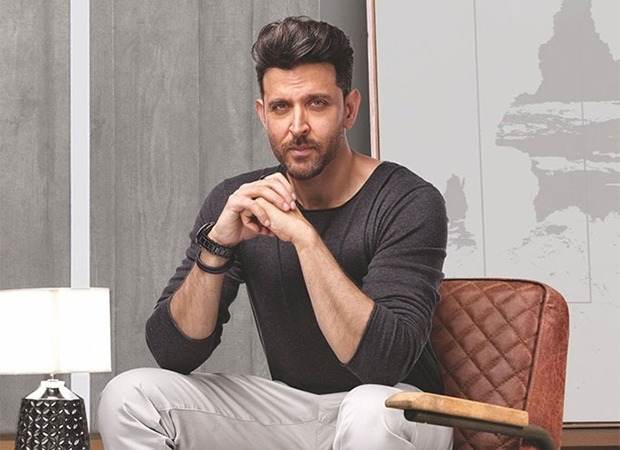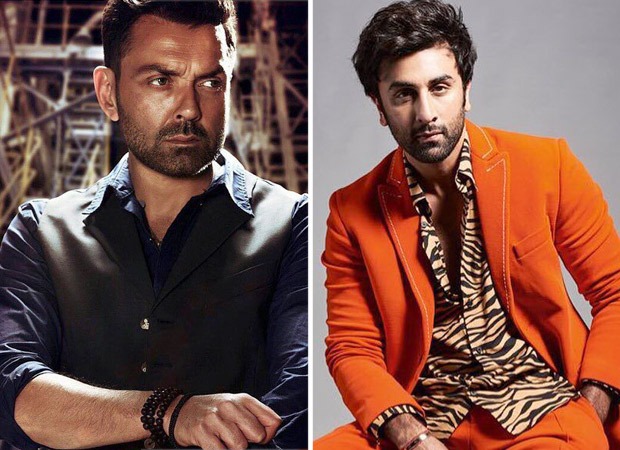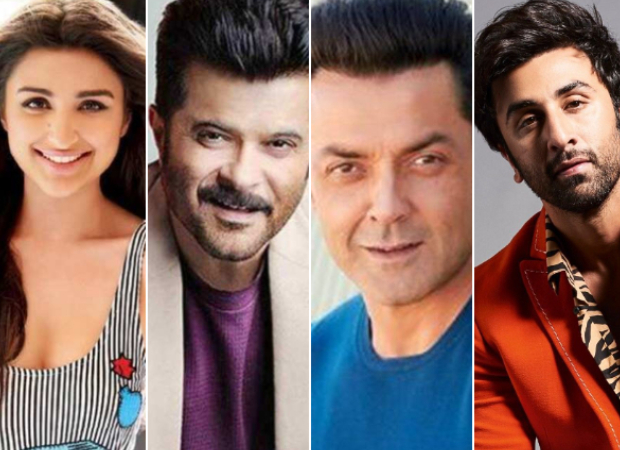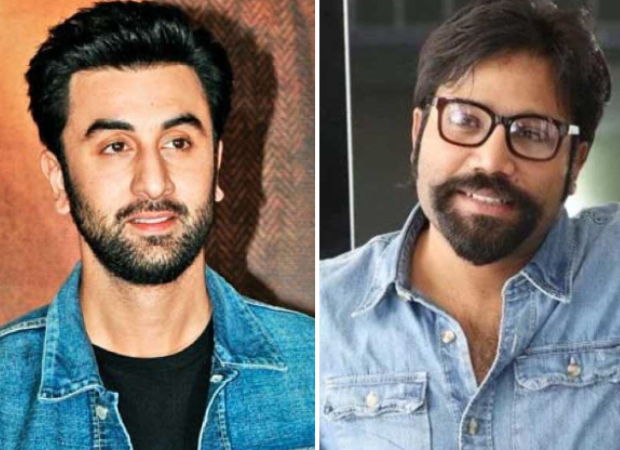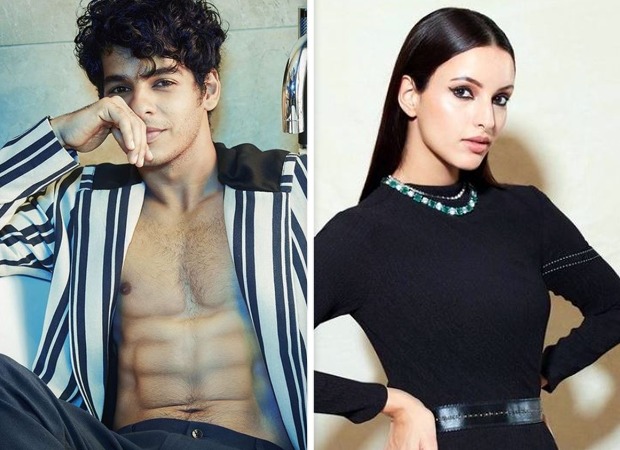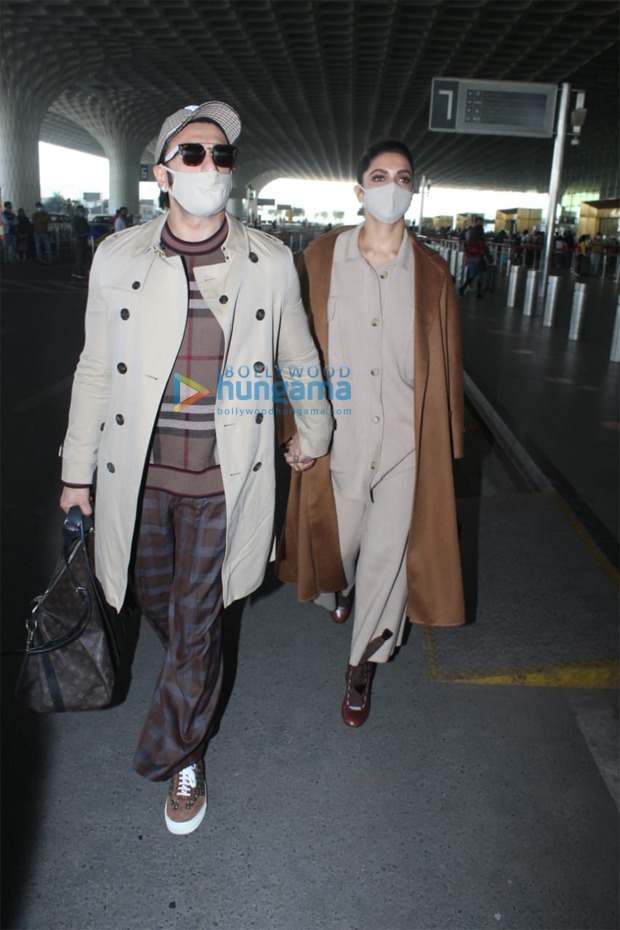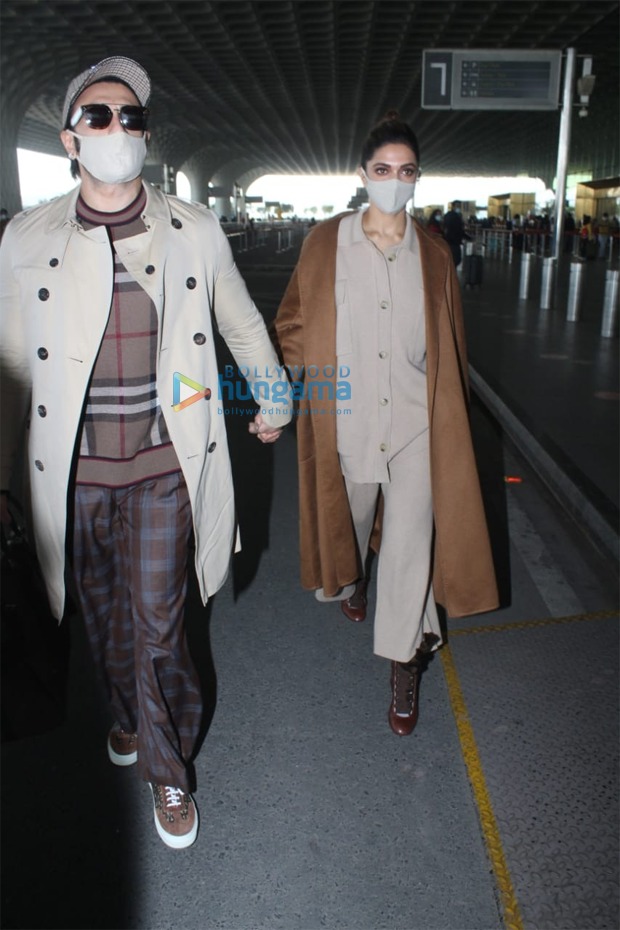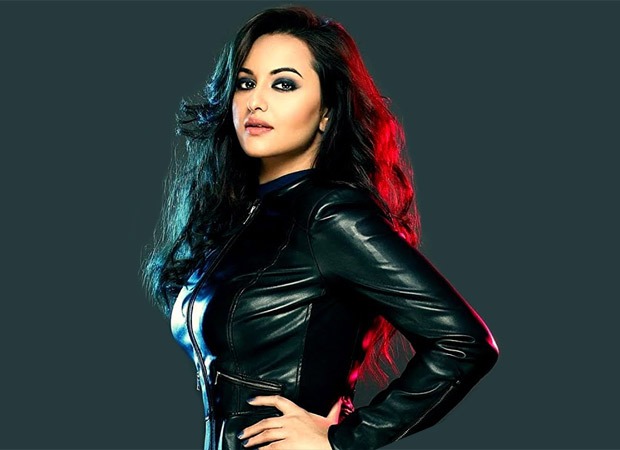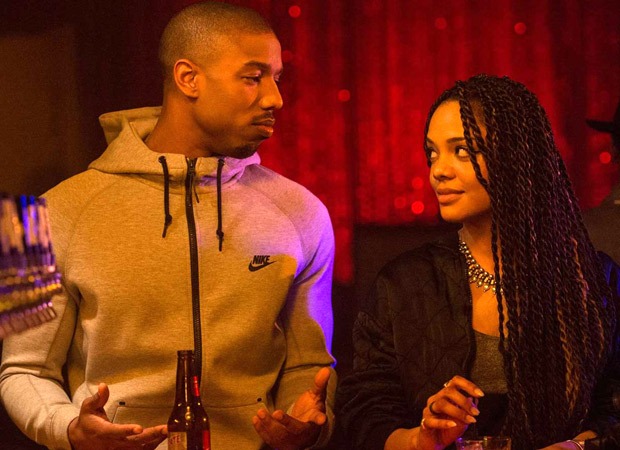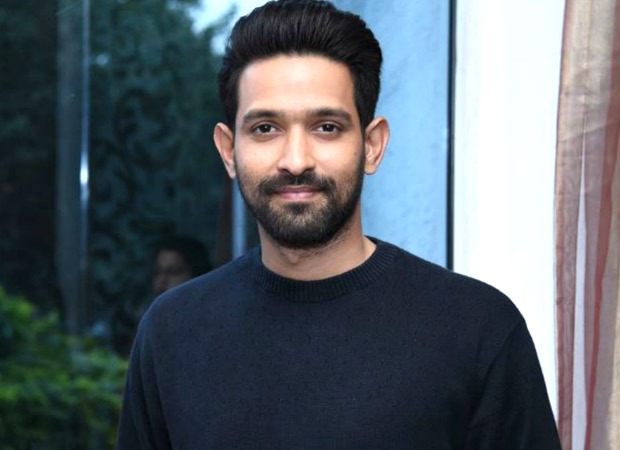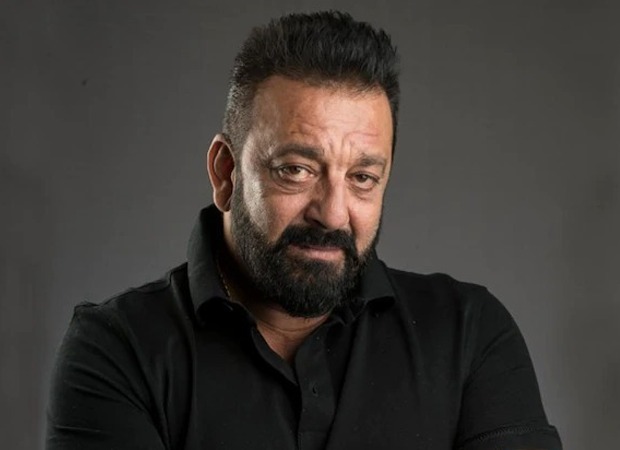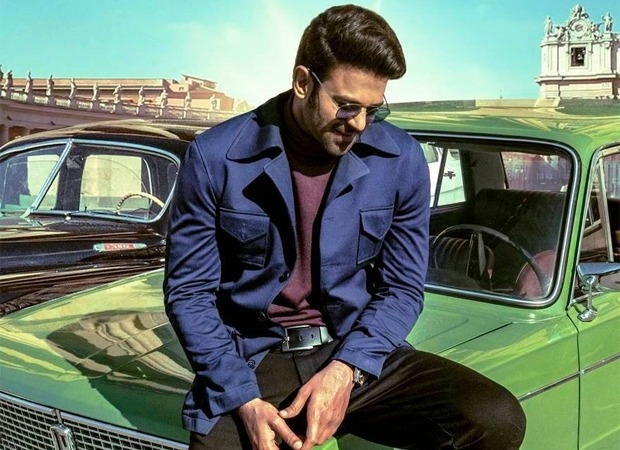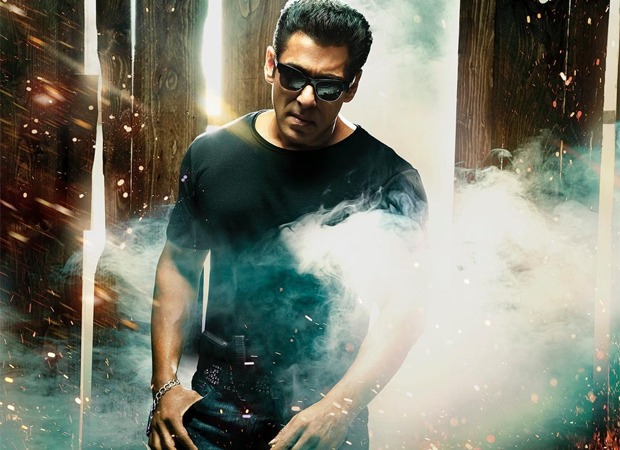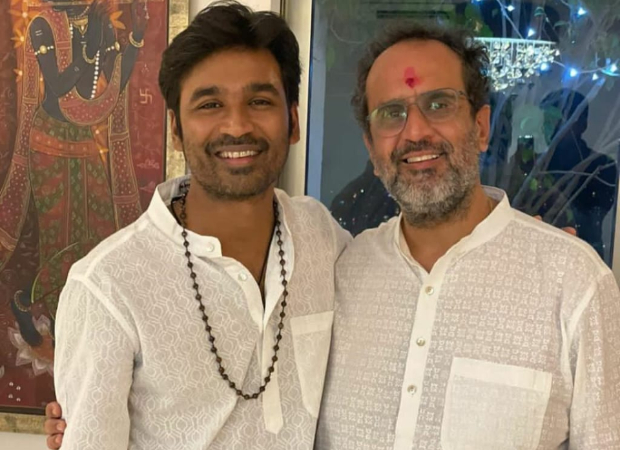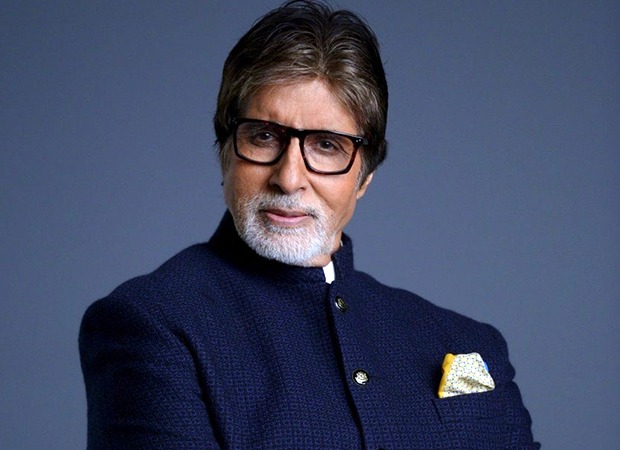Francis Ford Coppola’s “The Godfather Part III” was the most anticipated film of 1990 and quickly became its most divisive.
The dismissal of Coppola’s film was always a gross miscalculation, brought on by several factors:
- Its belated arrival (some 16 years after “The Godfather Part II”)
- Complaints about the casting of Sofia Coppola (more on that later)
- How it compared to its predecessors
- The competing mob classic, “Goodfellas,” released months earlier
Coppola’s film remains eternally controversial and, following a respectable performance in theaters and a slew of Oscar nominations (but not a single win), the mixed reception turned into ridicule.
Now, 30 years later, Coppola has released an alternate cut, which was received with critical acclaim and has given the film a belated acceptance. Truthfully, Coppola’s new cut (which I’ll get into shortly) is a minor alteration of a masterpiece that was near-perfect the first time around.

At the start of “The Godfather Part III,” Michael Corleone (Al Pacino, now sporting John Gotti hair) is operating exactly as his father did -- hiding out in his darkly lit office while others celebrate in a festive family gathering. The former mob boss is now striving for legitimacy, putting his “family business” and criminal ties behind him.
He’s even making a lavish deal with a Vatican priest, a touch that suggests that, perhaps, Michael is attempting to buy the salvation that is forever out of his reach.
The sudden reappearance of his ex-wife, Kay (Diane Keaton), rattles Michael, though it’s the introduction of his black sheep nephew, Vincent (Andy Garcia), that awakens the monster within.
Michael’s outward appearance as a reformed criminal hides a newfound agenda.
The godfather is striving to cleanse his life, reputation and family legacy, but there is too much blood on his hands and a reserve of evil in his heart. Meeting Vincent awakens that part of him.

While Michael no longer has his lawyer, Tom Hagen (Robert Duvall in the prior films), to keep him steady, his daughter, Mary (Sofia Coppola), is the innocent figure in this world. Her efforts to paint Michael as a philanthropist in the press counter her own doubts about his true intentions.
The deal Michael has made with the Vatican Bank, creating a company called Immobiliare, will, of course, fail -- the corporation is described as a bridge between America and Europe, which Michael’s life represents.
Like everything else in his existence, it’s tainted by sin.
Pacino is a marvel here, in a carefully considered reconstruction of Michael as aging, feeble and ferocious. There’s a touch of a Bard villain in Pacino’s handling, though the moments where the actor’s line readings shake the pillars don’t feel like grandstanding.
While this performance isn’t considered one of the actor’s best, note the previously untapped, soulful quality he brings. Michael became cold and impenetrable in the second installment. Here, he’s an open wound.
Keaton is terrific -- she leans in on the lived-in weight of her past, both Kay’s eternal suffering and the actress’ history with this series. Her scenes with Pacino are both brittle and tender.

Connie Corleone is the Lady Macbeth of the piece. What a joy to see Talia Shire’s character newly soaked in venom. Connie is possibly the most tainted by this world, as the abused housewife of “The Godfather” is now among the most dangerous players in the series.
Note how she tells Michael that their brother Fredo “drowned,” his death an “accident.” While Michael is awash in regret for the entirety of “The Godfather Part III,” Connie is The Godmother keeping the cycle of evil going. She is, after all, the one who pulls the volatile Vincent into the family.
Garcia brings a feeling of danger every time he walks into a room. Vincent is, like his late father Sonny (James Caan in the prior installments), a ticking time bomb, charismatic but carrying an explosive temper. I presume Garcia looked at Caan’s performance, as Vincent may resemble his mother (the bridesmaid from the first “Godfather”) more than his father, but the posturing and volcanic temper are identical to Sonny’s. Garcia is sensational here.
Joe Mantegna’s brash rival gangster Joey Zasa is a nice injection of color and perspective. He proudly announces his version of forward thinking, accepting African Americans and Spanish gangsters into his “family,” because “That’s America.”
Zasa is an out-in-the-open thug, a neighborhood personality, not unlike the doomed Fanucci in “The Godfather Part II.” Zasa even brings up Shakespeare early (“All men are liars, Shakespeare wrote poems about that”), though we’re ahead of him.
This always feels like a “Julius Caesar”-level tragedy.

Sofia Coppola’s Mary was the key sticking point for naysayers in 1990, but her performance is not the disaster that so many claimed. Her confidence as an actress fluctuates scene to scene. Yet, considering how (according to Gene D. Phillips’ book, “Godfather: The Intimate Francis Ford Coppola”) Mary is based on her, the casting is actually perfect.
Who better to play the daughter of an intimidating Italian icon?
The future director always seems like a part of this world, in a way that Winona Ryder (the original choice, who backed out), Julia Roberts and Madonna (both considered for the role) never would have.
Sofia Coppola’s chemistry with Garcia is exactly right -- their characters’ taboo coupling comes across as siblings and not, as some critics desired, a red-hot shared magnetism.
Their attraction is incestuous and based on the isolation they experience in their worlds. It’s no supposed to be sexy.
The naysayers who pointed to Vincent’s kitchen seduction of Mary as the biggest example of her miscasting are wrong. We watch them making Gnocci, hands intertwined, and the two lean into a shared adoration. They share a longing to make Michael happy and are outsiders in their family dynamic; their moment of giving into their forbidden attraction is a sad one. Note the meek “I love you, cous,” they retort to one another.
Vincent knows he’s damned if he seduces her, and he does it anyway.
Her performance isn’t in the league of Pacino, Keaton, Garcia, etc., and it shouldn’t be, as her meek demeanor and natural qualities (as well as insecurities acting alongside film giants) are perfect.
The casting that doesn’t work isn’t Sofia Coppola but the bizarre decision to have George Hamilton fill in for the absent Duvall. Hamilton is out of place here. However, while Duvall’s Tom Hagen is missed, the role, at best, would have kept him on the sidelines. Also, keep your eye out for Catherine Scorsese, who has a cameo.
Coppola piles on the great set pieces -- the opening celebration (signifying how Michael has truly become his father), the failed Atlantic City assassination by helicopter, the religious street festival that becomes a blasphemous hit on a competing mobster and the extraordinary opera sequence at the film’s end.
The grand opera finale is Coppola’s effort to merge the cinematic with the overtly theatrical (which he would also do with his subsequent film, “Bram Stoker’s Dracula”). There are earlier signs that the director would go in this direction -- note how Michael’s iconic “Just when I thought I was out, they pull me back in” line is uttered during a thunderstorm.

In the same way, while Michael gives his first confession to a Catholic priest in 30 years (he claims he is “beyond redemption”), we hear church bells toll during his long list of sins. Coppola makes all of this mythic and operatic, until it literally adapts the visual presentation of opera in its heartbreaking denouement.
As Michael cleverly says to Kay, “We’re in Sicily, it’s opera.” The imagery in the climatic opera mirrors events in both this and the prior “Godfather” film.
Another truly haunting moment occurs when Michael’s opera singer son, Anthony, sings him an “authentic” son of Sicily; of course, it’s the theme to “The Godfather,” only with lyrics. Michael hears this and remembers Apolonia, his late bride from the first film. There’s also the telling bit where Kay watches Michael behave just like his father -- once again, her vantage point is through a door frame -- under her breath, she utters, “It never ends.”
If there’s a key flaw, it’s the elaborate subplot of the Catholic church becoming involved with the Corleone family. The Vatican subplot is murky, due to lookalike actors confusingly cast in key supporting roles (the actors playing The Pope and Mosca the hitman are dead ringers!).
Mario Puzo and Coppola’s screenplay is overstuffed with quotable lines, like “Never hate your enemies, it affects your judgment,” Michael’s apologetic plea to Kay that “I had a whole different destiny planned” and Michael’s prophetic warning to Vincent, “When they come, they’ll come at what you love.”
As with the previous films, none of this is glamourized (note how Coppola lingers on the Atlantic City massacre). We can’t help but love the Corleone family (doesn’t every big family have colorful, troubling figures like Fredo, Sonny and Connie as relatives?), even though they’re a family of murderers.
Because every actor gives such a vivid portrait and Coppola makes this world so tangible, we root for Michael and his kin. Food is always a marker in these movies, both to the past (there’s a reference to Vito Corleone’s Genco Olive Oil) and the future (those oranges are always a harbinger of death).
The late Gordon Willis once again gives a master class in cinematography, with his use of dark shadows a means of creating visual tapestries and externalizing the character’s tortured mindsets. The editing by Barry Malkin, Lisa Fruchtman and the legendary Walter Murch, is also masterful -- note the skillful back and forth in the scene where Michael instructs Vincent to deceive Antobello (the wonderful Eli Wallach) and our seeing how it eventually goes down.
Now, Coppola has an alternate cut, titled “The Godfather Coda: The Death of Michael Corleone,” which premiered December of this year, in time for the 30th anniversary. Truth be told, this is not, unlike his “Apocalypse Now Redux,” a radical new variation on the theatrical cut.

The original version has a better start, setting the tone, themes and recapping the prior films with a lovely prelude. The Coda version jarringly begins with the opulent deal making scene between Michael and Cardinal Lamberto (Raf Vallone).
Coppola simply reversed the original version’s first and second scene and it was better left untouched.
Likewise, the final shot -- and this is a big spoiler: the original version concluded with an elderly Michael, sitting in his backyard, alone, with two dogs as company and dying in his chair, which he slumps out of, his death unnoticed. In the Coda version, Coppola lingers on Michael’s contemplative gaze and fades to the end credits without showing Michael’s death.
It’s a massive mistake, as we needed to see the indignity of his pathetic, unaccounted-for passing, as it summed up the grand tragedy of Michael’s life. In the end, Michael loses absolutely everything. The Coda version only gives Michael a spiritual death, a la Willy Loman, and not a literal one.
The ending, like the beginning, was perfect in 1990.
No matter. If this version, which has been greeted with acclaim, is what it takes to finally end the animosity directed towards this film, then fine. The joke is on the naysayers: it’s basically the same film, meaning that those who have “turned around” on their initial negative opinion and now admire it probably don’t remember it well or didn’t even see it in the first place.
To those who obnoxiously dismissed this film 30 years ago, I hope you choke on box of Connie’s cannoli. “The Godfather Part III” was magnificent in 1990 and, even with Coppola’s intriguing but unnecessary alterations, it remains that way.
The post Why We Didn’t Need a New Cut of ‘Godfather Part III’ appeared first on Hollywood in Toto.
from Movies – Hollywood in Toto https://ift.tt/2Mkl4Dk
